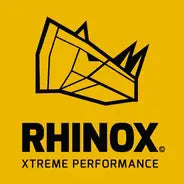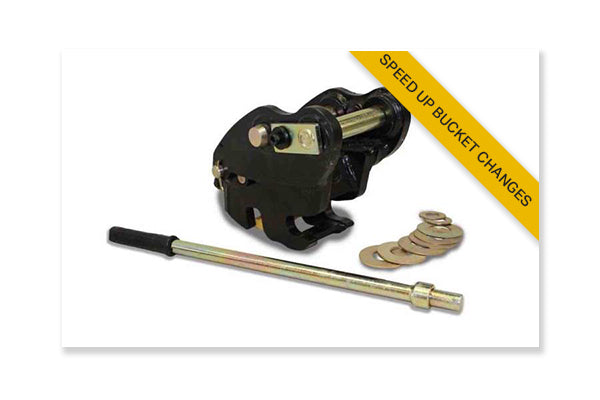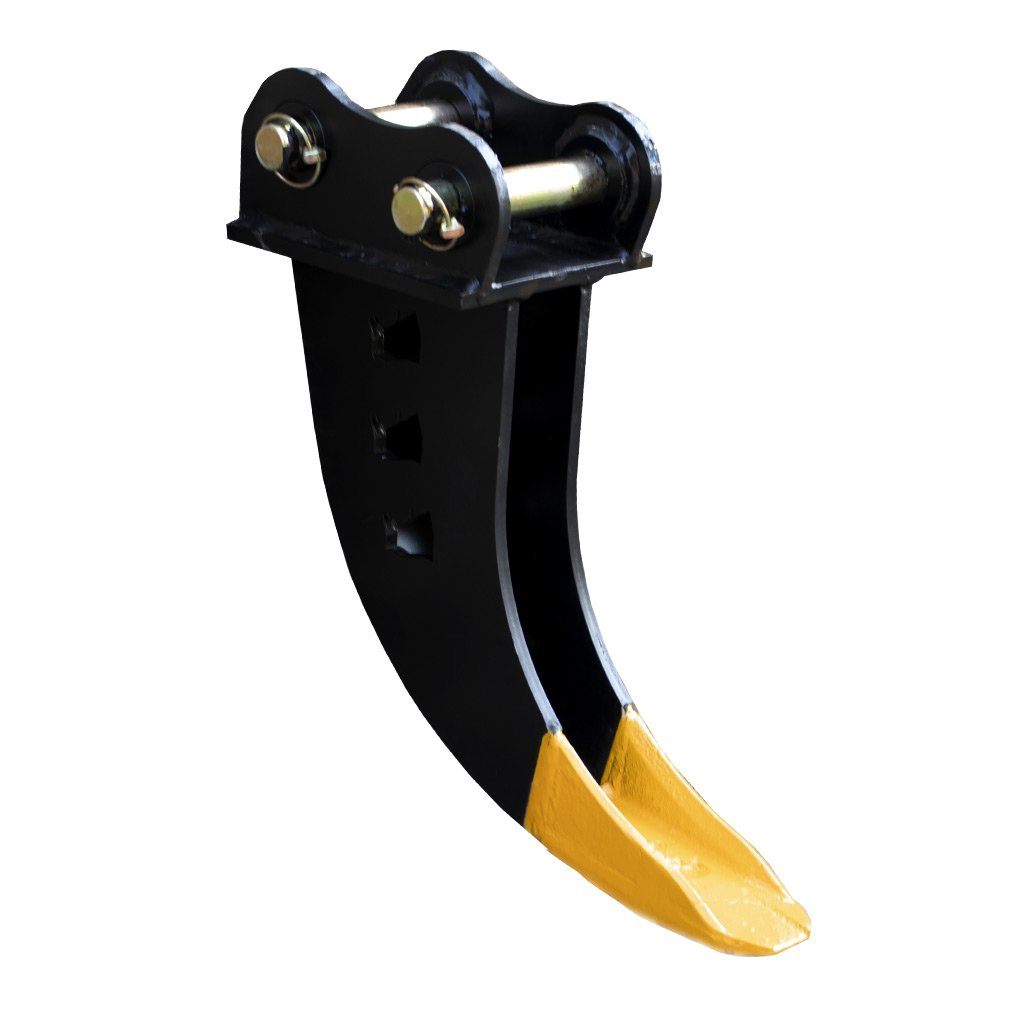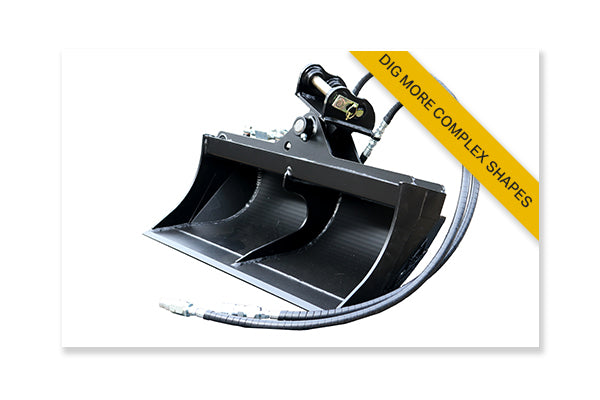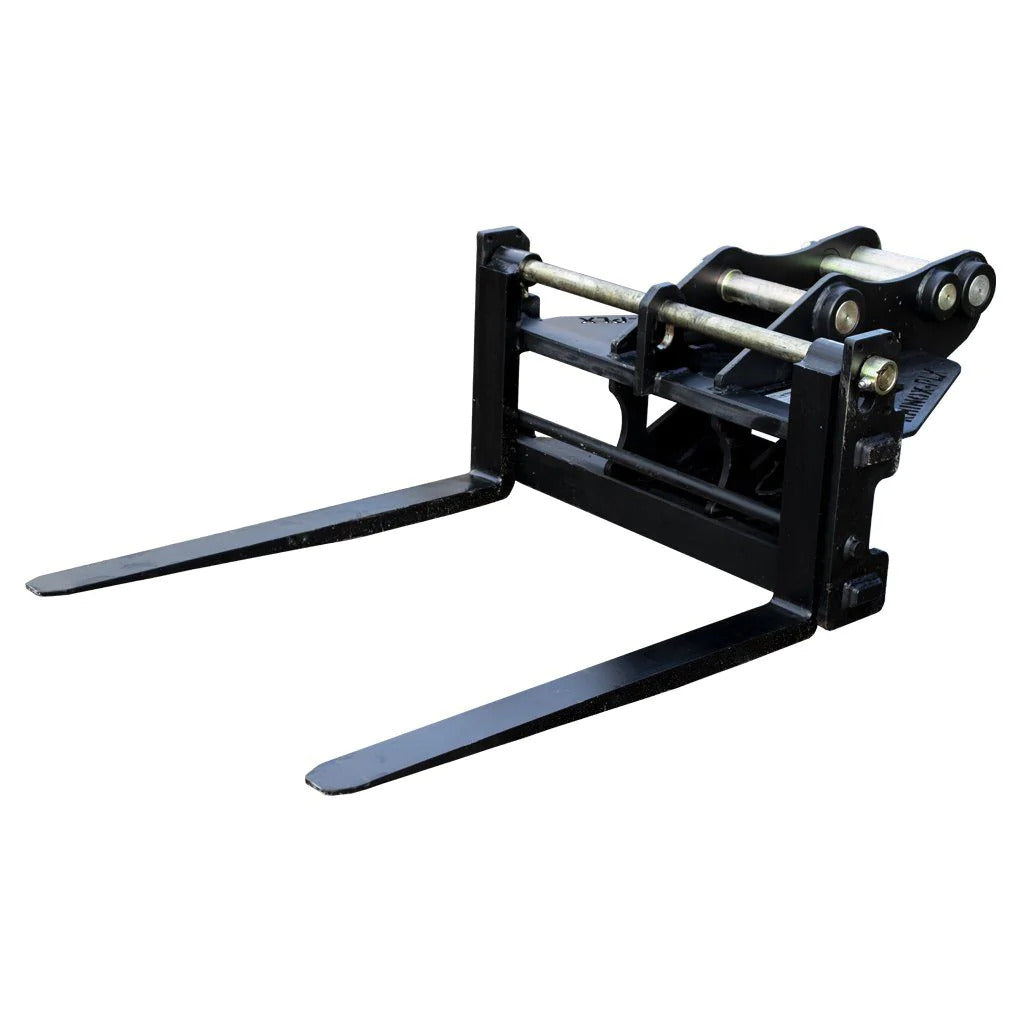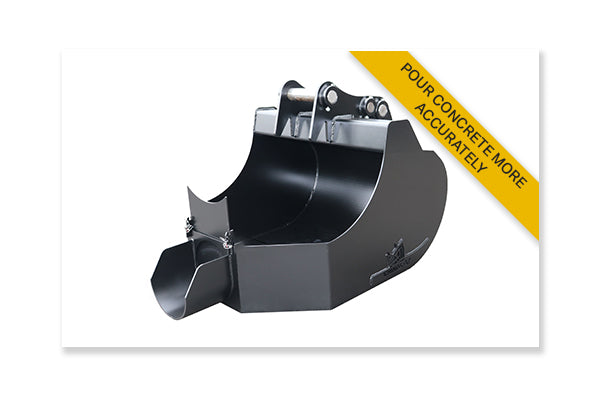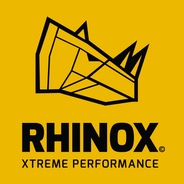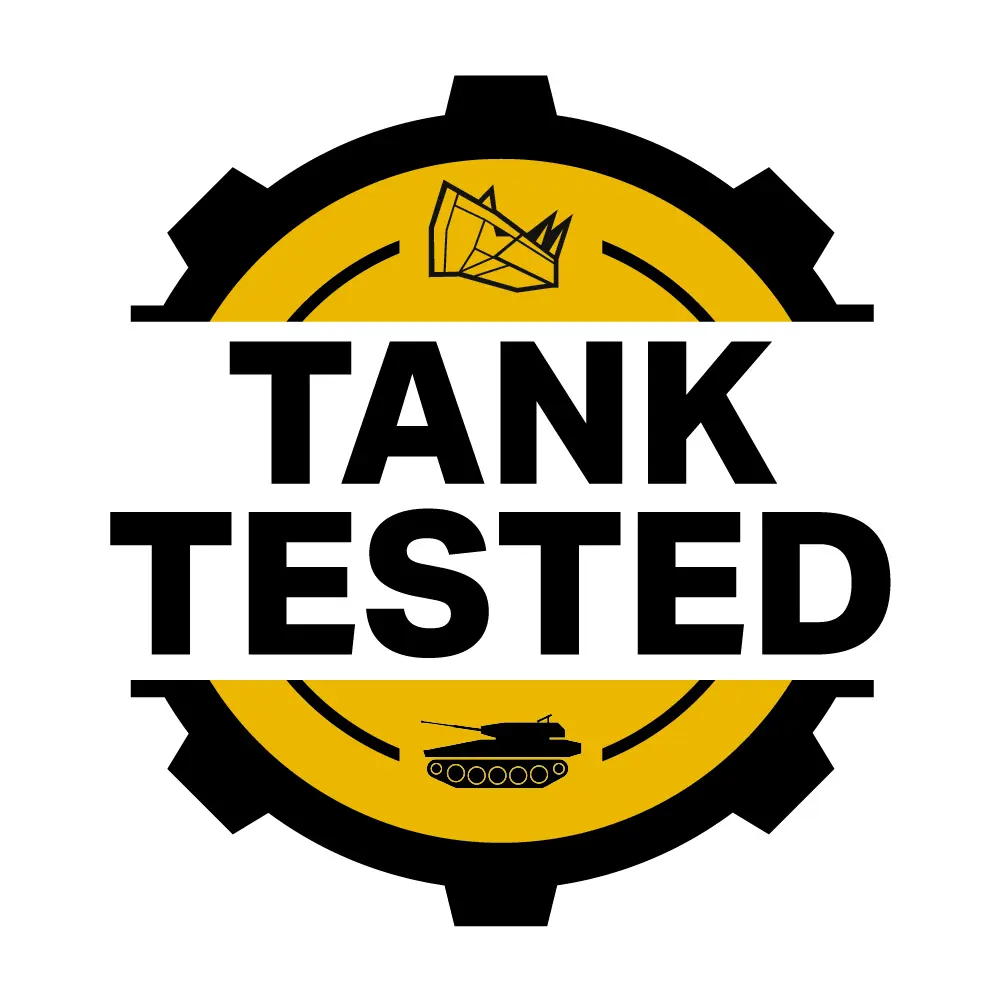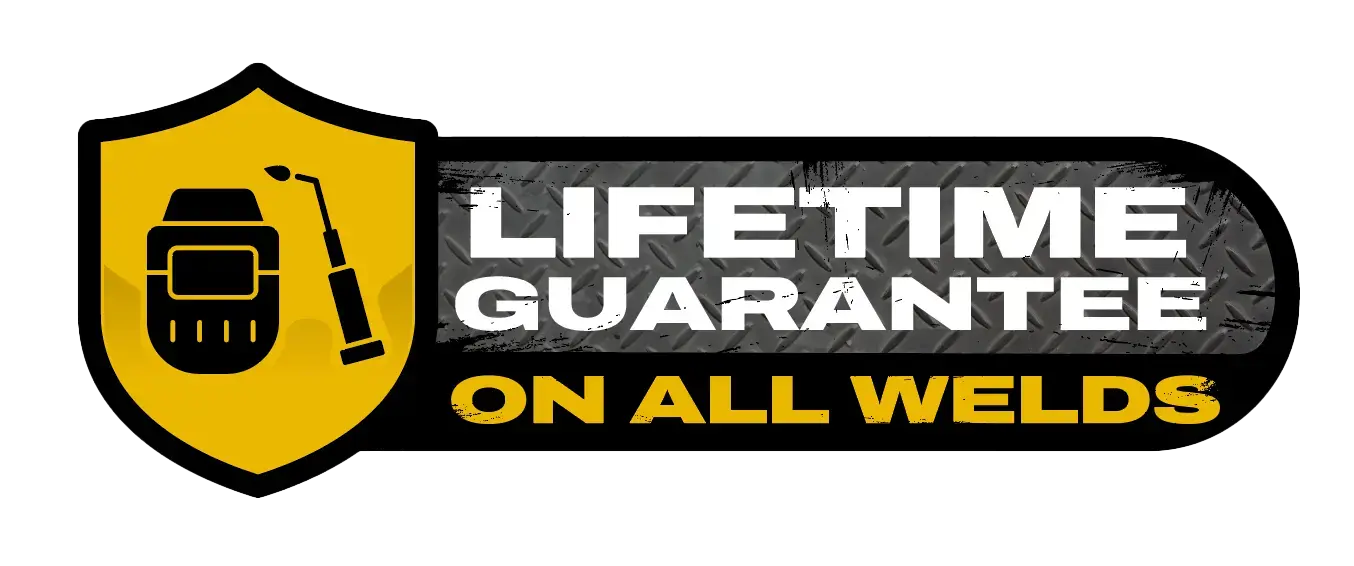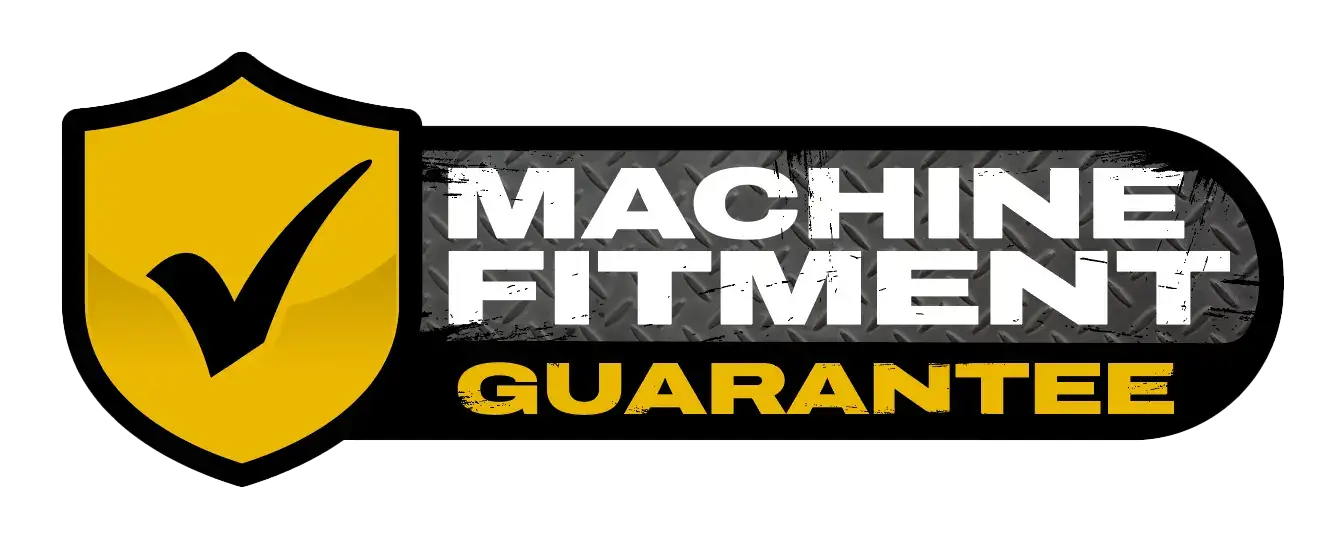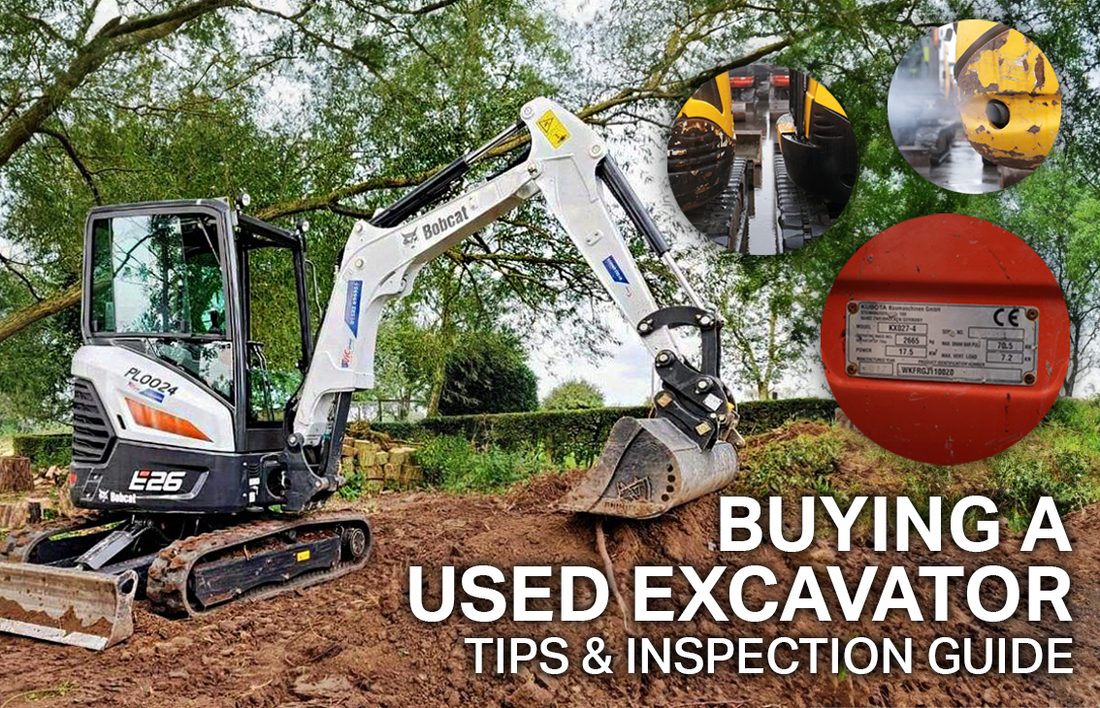
Buying a Used Excavator: Tips & Inspection Guide
Purchasing heavy-duty equipment like mini diggers and excavators can be a daunting task, whether brand new from a dealer or used from a reseller or auction. A new excavator might be the best option for some, with used diggers being the preferred option for others. Continue reading for an in-depth guide to buying used excavators, including a 5 step inspection list to help you decide which used digger is right for you.
4 Benefits of Buying a Used Excavator

1. Cost Savings
As you're probably aware, the biggest benefit of buying a used or second hand excavator is the lower upfront cost. For most businesses and individuals, the biggest restriction when buying machinery is the cost so purchasing a used excavator can be the best option for a more restricted budget. The lower upfront cost also gives you more options when it comes to purchasing additional buckets and attachments for your digger as the money you have saved on purchasing a new excavator can be invested back into the machine to improve your future projects.

2. Depreciation & Resale Value
Similarly to cars, excavators depreciate in value over time, with the biggest drop occurring within the first 1-2 years after purchase. Buying a used excavator avoids this meaning you're not losing large amounts of money. This price reduction means you will be able to invest in an excavator that is relatively new but doesn't have the hefty price tag of a brand new one. After the initial drop in value, an excavator will depreciate more slowly which means it's likely to retain a good proportion of its value if you come to resell it in the future (assuming that it has been maintained during ownership).

3. Proven Performance
You can check the track record of used excavators by researching the make and model and looking into reviews from existing owners. This information can provide insights into the machine's reliability and durability and help you determine whether it's going to be suitable for you. This is often not available for new excavators which can make investing a more dubious event.

4. Machine Variety & Availability
As new machine models are released, the selection and availability of used mini diggers and excavators in the market grows, giving you a larger selection of makes and models to choose from. It's also common for new models to have long delivery times compared to used diggers which are readily available at resellers and auction sites so if you're in urgent need of a digger, a used excavator might be the option for you.
3 Things to Consider When Buying a Used Excavator
When you're trying to determine what make and model of mini digger or excavator you want to purchase, there are 3 main things to consider: Residual Value, Brand Reliability and Running & Maintenance Costs.
1. Residual Value
Residual value is how well the excavator holds its value over time. A machine that is cheap to purchase from new, will likely not hold its value meaning you will lose your money quicker. When purchasing machinery, you should consider the term 'you get what you pay for'. A brand with an initial cheaper price will likely face challenges down the line.
2. Brand Reliability
Brand reliability is how reliable the machine is known to be within the market. Some excavator makes are well known for their excellent performance. For example Kubota and Takeuchi are renowned for their reliability.
3. Running & Maintenance Costs
It's inevitable that at some point you will have to carry out maintenance and repairs on your excavator but how expensive these fixes will be will be determined by your machine make and model. For example the cost and availability of replacement parts can sometimes take longer and be more expensive to source, especially if the excavator is older or from an uncommon manufacturer.
5 Inspection Tips for Buying a Used Excavator
1. Machine Operating History

Year & Model - Make sure to check the important information about the excavator, including the year, make, model and serial number which can usually be located on the data plate. These details ensure that the information provided by the seller is accurate and will help you confirm that the excavator matches the description given.
Operating Hours - A 'good' level of hours can vary depending on the size and operations history of the excavator. A mini digger that has done 3,000 hours may be considered 'tired', compared to a 20 ton excavator with 3,000 hours depending on the work that the machine has been doing. If you're unsure about whether the hours are of a good level, we would recommend talking to a plant operator or someone with knowledge external to the seller for an unbiased opinion.
Service History - Make sure to ask for a clearly-documented service history, this will show if the excavator has been well maintained and regularly serviced. If the used digger doesn’t have a service history readily available, this could imply that there are underlying problems or that it hasn't been thoroughly looked after.

2. Inspecting the External Excavator Condition
General Machine Condition - the overall condition of the excavator will give a general indication of how well the machine has been looked after and its operation history. Check the state of the paintwork, decals, cleanliness, seat and dash condition. A clean and well looked after machine is often a good indication of proper maintenance and care.
Tires, Track & Undercarriage - Signs of dents, holes or oil residue can indicate improper care, misuse or internal damage. On a wheeled excavator, make sure the tires are in good condition, full of air and free of visible damage. Confirm with the seller how long the tyres have been in use to help determine if it's a good level of wear. For tracked excavators, make sure that the tracks have minimal wear or damage, that sprockets and idlers are in good condition and the track tension is firm.
3. Inspecting the Internal Excavator Condition

Battery - Prior to starting up the excavator make sure to check the condition of the battery and the expiration date. Ensure all wires and terminals are free from corrosion, rust or unusual fluids - these could be an indication of a leak.
Oil / Oil Filler Cap - Prior to starting the engine, check the oil level and condition. The excavator engine relies on proper lubrication to function optimally, so low oil levels and a clogged filler cap indicates poor maintenance or leak issues. Relatively clear oil indicates the oil has been recently serviced; black oil indicates it's probably been poorly serviced or maintained; and milky or beige coloured oil indicates there is moisture in the oil which could be an indication of a leaking head gasket.

4. Testing the Excavator Performance
Start-up Condition - When starting up the excavator, make sure to take note of start up speed. If the digger stalls or excessively turns over there could be an issue. Check for excessive smoke when revved - white, black or blue-grey indicates a potential engine issue. A small puff of black smoke when first started or revved is usually ok.
Hydraulic Checks - Check all hydraulic systems, including the cylinders, pumps, hoses and connectors for signs of wear or damage (cracks, bulges or leaks). A leak can be a sign of damage or degeneration - an expensive and time-consuming issue to fix. Once running, use the joysticks and pedals to move the rams in each direction. Ensure each ram is being used to its full extent and hold it - e.g. pull the dipper arm in as far as it will go and hold it - this will put the hydraulic pump under load. If you hear the engine reduce in revs this could indicate a fuel issue.

Slew Ring - A slew ring mounts between the excavator cab and the undercarriage and enables the cab of the excavator to continuously spin as necessary. To check the functionality of the excavator slew ring, fully rotate the cab in both directions. Slew at full speed, suddenly stop and see how much the machine travels afterwards, the further the cab moves after stopping the more worn the ring.
Additional Specifications - If you're purchasing an excavator that has additional features like air conditioning, heating or a radio, you should check that these function as required as they will have an influence on excavator value and purchase price.
Buckets, Attachments & Hitches - If the excavator is being sold with buckets, attachments or a quick hitch, ensure that these fit and operate as required. Be sure to check with the seller whether your quick coupler is a mix & match hitch. If it is, the pin dimensions of your buckets and attachments will not match the machine make and model so this will be something you need to bear in mind when purchasing additional equipment. Make sure to also check the wear on your buckets, attachments and hitches to ensure they're not close to failure as this will be an additional cost in the future to replace them.

5. Considerations of the Sale / Seller
Comparison to the Listing - As you carry out your inspection of the excavator make sure to compare it to the information provided on the sales listing. If there are any obvious inaccuracies or large damages or faults missed from the listing, make sure to question the seller as this can help you negotiate a better price or include any presale fixes.
Warranty and support - Ensure all documentation is included with the excavator, including any user manuals and manufacturer warranty information. If you're purchasing from a reseller or dealership, we would recommend asking about any warranty, return policies and after-sale support options in case you face any issues after purchase.
So, now you should know what to look for when buying a used excavator. Always take the time to carefully examine every aspect of the machine, from the interior and exterior condition to the battery, hydraulics and additional features. If you're in any doubt, don't hesitate to ask questions and seek advice from experts to ensure you're making the best decision for yourself or your company.
Learn more with Rhinox:
 |
 |
 |
